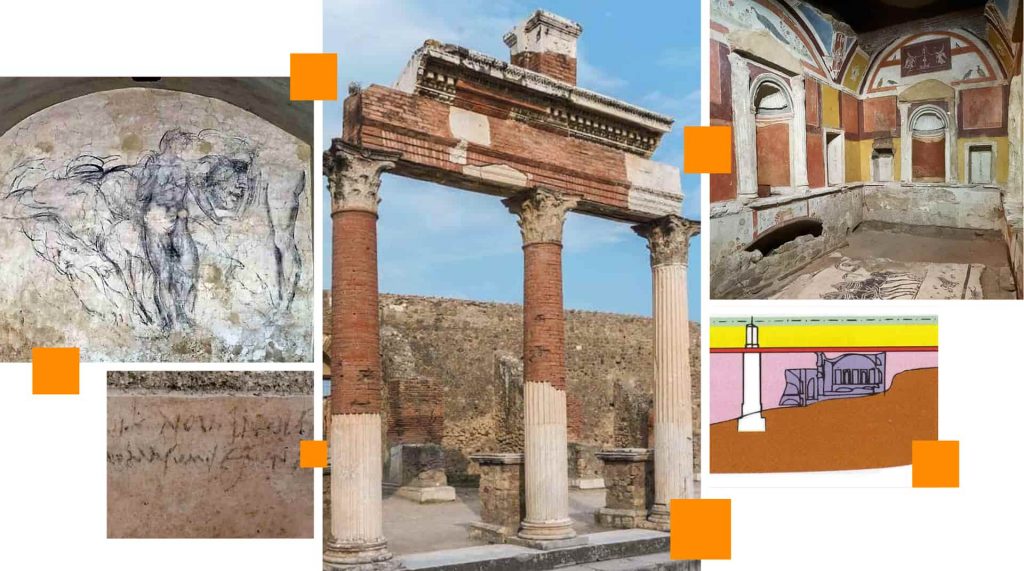
Graffiti through history: 3 magnificent examples
Who makes graffiti? Street children who vandalise walls or mysterious artists whose works are worth millions? You may be surprised to know these three historical graffiti.

Who makes graffiti? Street children who vandalise walls or mysterious artists whose works are worth millions? You may be surprised to know these three historical graffiti.
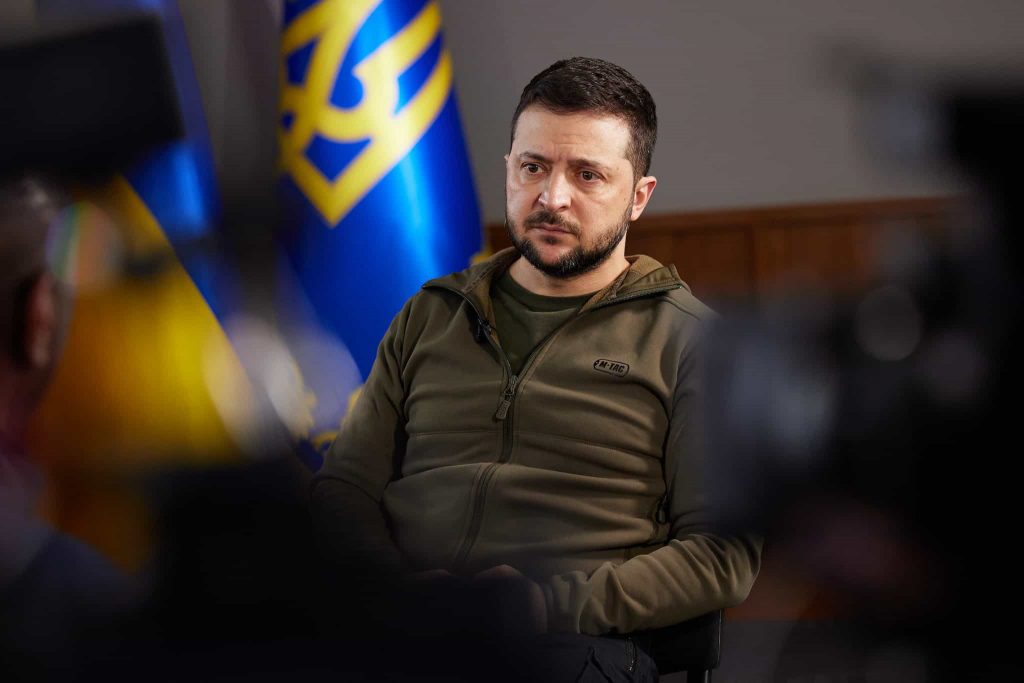
Appeasement is giving the school bully your lunch money in order to avoid being beaten up. In politics, however, it is more like giving the school bully someone else’s lunch money, to stop them from being picked on.
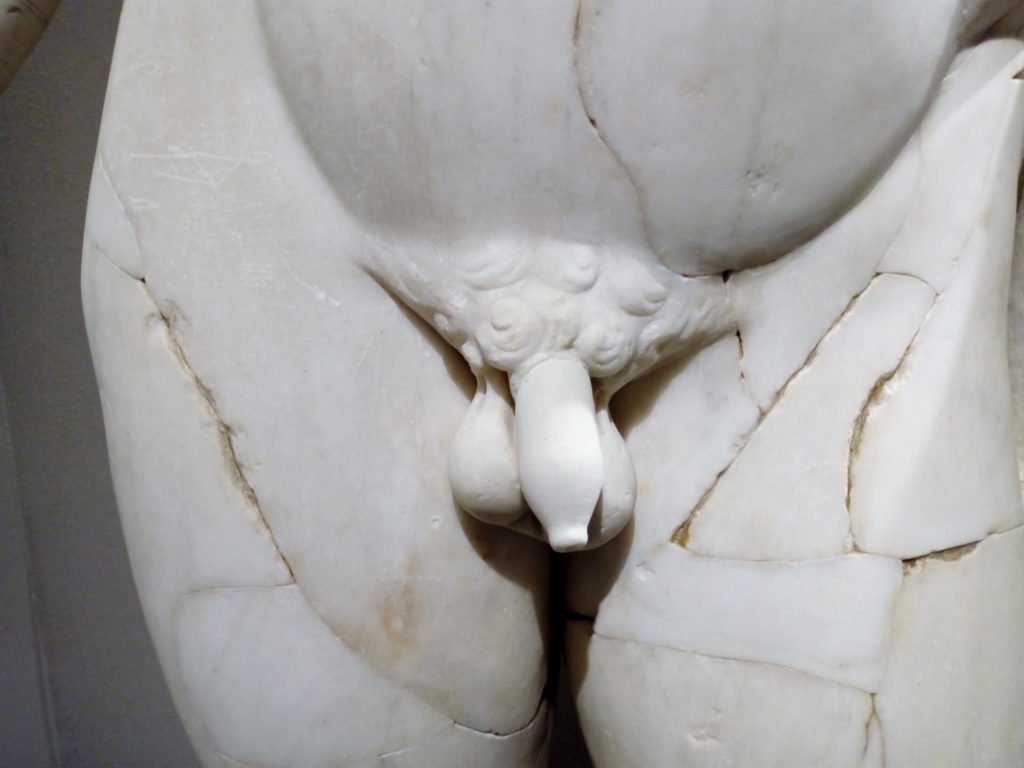
This gallery is the second part of the exhibition of the Torlonia Marbles, the largest collection of classical sculpture still in private ownership and one of the most valuable in the world.
• See Part 1 of this collection.
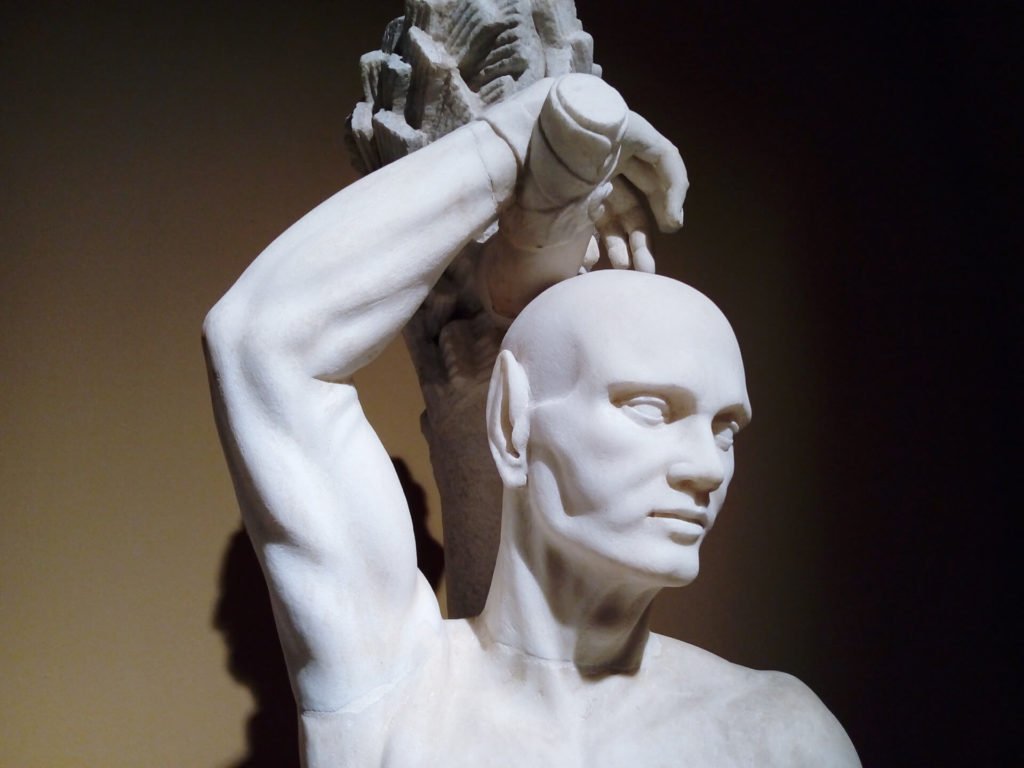
The exhibition of the Torlonia Marbles, the largest collection of classical sculpture still in private ownership and one of the most valuable in the world, closed in Rome on June 29. A selection of 92 of the 620 statues and busts had been on display in the Villa Caffarelli on the Capitoline Hill since October 2020, although until April, the exhibition was subject to sporadic closures owing to the pandemic. The marbles had been on restricted display since the mid-19th century, but were moved into storage for safety reasons during WWII, where they languished until now. Some of the sculptures are now due to be sent on loan to museums around the world; in the meantime, a permanent gallery will be set up for them in Rome by the Italian government in accordance with an agreement that was reached with the Torlonia estate a few years ago.
The Torlonia family (Tourlonias) moved to Rome in the mid-18th century from France under the employ of a French abbot and soon found favour with the clergy. Marino (Marin), opened a mercer’s shop specialising in silks and brocades imported from France, while gradually expanding into the banking business. Giovanni, his son, focused on banking and real-estate, becoming the banker of some of the most powerful people of the times, including the Pope and Napoleon Bonaparte, increasing his wealth and family titles in the process. His son, Prince Alessandro Torlonia, built on his father’s interests, including his passion for collecting classical sculptures. The drive for Italian unification that led to the creation of the Monarchy of Italian (1861-1946) had created a liquidity crisis for many noble and wealthy families, who were often forced to sell their art collections in order to keep afloat. The Torlonias were ready at hand to swoop up some of these outstanding collections, such as those belonging to the Cavaceppi and Giustiniani families. Here are some of the highlights of the exhibition.
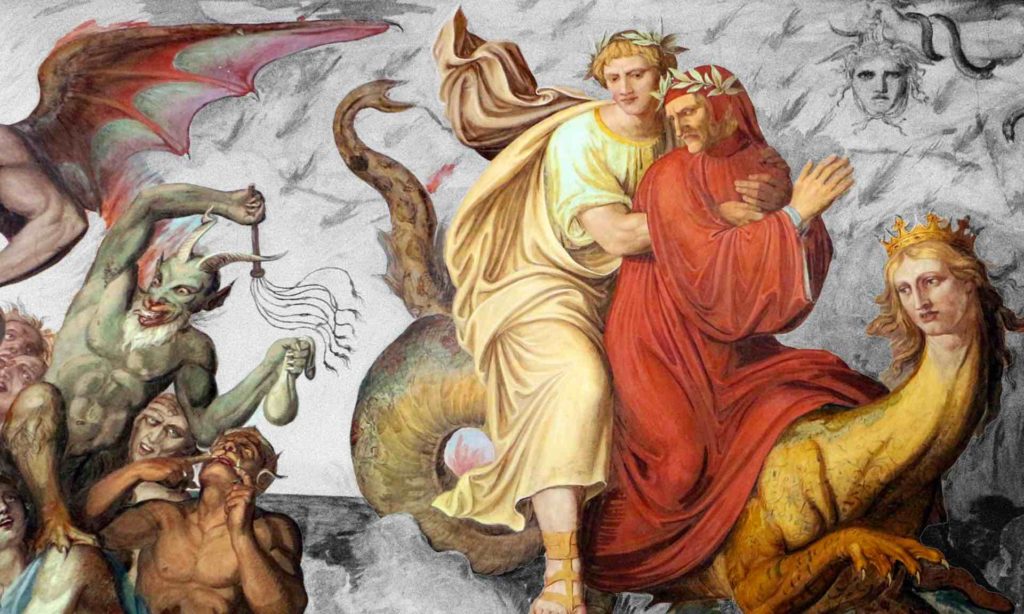
Read this article in Italian (Leggi questo articolo in italiano) → The following article is taken from a speech given by Carla Pietrobattista on Dante
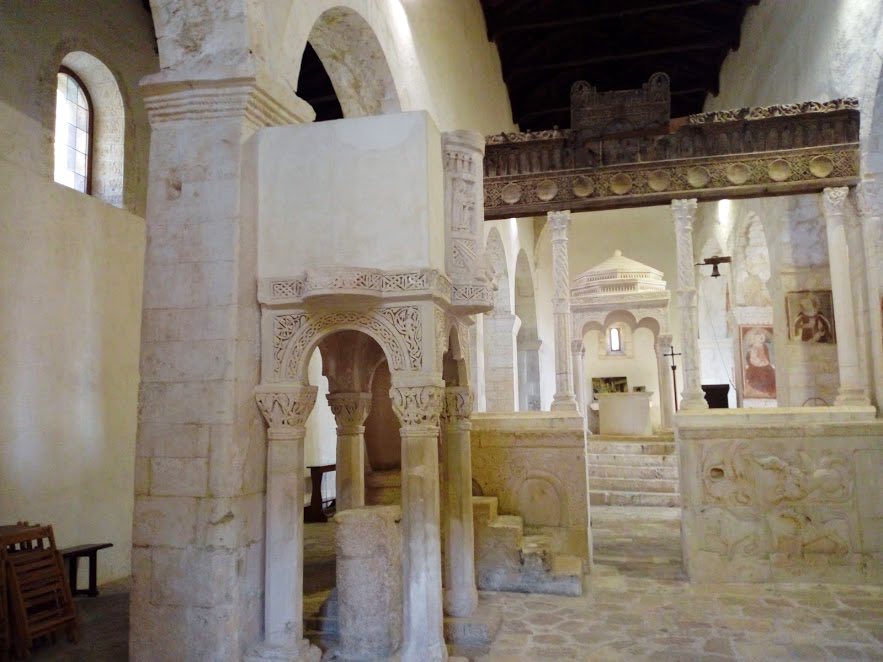
Read this article in Italian (Leggi questo articolo in italiano) → The perfect balance and harmony that govern the elements present in the church of
Read The Gordian for free


The Gordian Magazine is a community-supported magazine that shares YOUR revolutionary ideas in regards to human rights, animal welfare and environmental protection. Every issue contains global news, opinions and long reads accompanied by striking photography and insightful companion pieces.
We promise not to spam your inbox. Find how we use your information.
Or become a free member.